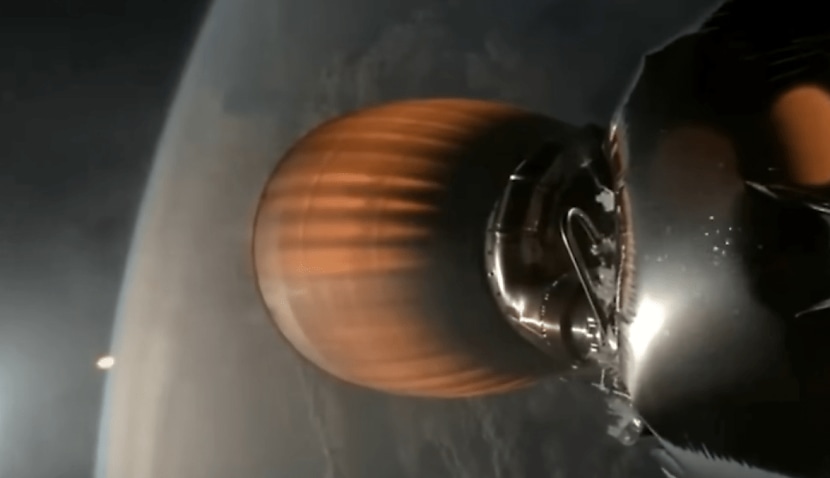
During its lifetime, Falcon 9 has carried out more than 300 successful crewed and payload flights, with the Starlink failure the first since 2016.
However, a prolonged period out of action could delay or cancel a five-day private astronaut mission at the end of this month and a crewed trip to the ISS in August.
SpaceX owner Elon Musk said the bodged launch was due to rapid unscheduled disassembly – industry parlance for a break-up – that occurred for “reasons currently unknown”.
It was later revealed that the incident involved a problem with the second-stage engine, which failed to reignite and instead deployed the Starlink satellites into a “lower than intended” orbit.
“SpaceX has made contact with five [of the 20] satellites so far and is attempting to have them raise orbit using their ion thrusters,” the company added.
Musk said the firm was updating satellite software in a bid to raise their orbit and partially save the mission.
“Unlike a Star Trek episode, this will probably not work, but it’s worth a shot,” he quipped.
The SpaceX Starlink Group 9-3 mission launched from Vandenberg Space Force Base in Santa Barbara County, California.
After losing 15 satellites, the rocket’s boosters returned safely to Earth, yet a live stream of the second stage appeared to show ice accumulating on the side of the rocket.
“The incident involved the failure of the upper-stage rocket while it was in space,” said the Federal Aviation Administration (FAA). “No public injuries or public property damage have been reported.
“The FAA is requiring an investigation. The FAA will be involved in every step of the investigation process and must approve SpaceX’s final report, including any corrective actions.”
A grounding of SpaceX operations also has potential consequences for the two astronauts effectively stranded on the ISS because their separate, Boeing-built Starliner has yet to be cleared to return to Earth.
While NASA has said it is determined to return the astronauts on Starliner, the pair could feasibly return to Earth on the rival spacecraft.
Starliner was due to return after just a week but has faced issues, including five of its 28 manoeuvring thrusters failing during the journey to the ISS, a propellant valve not properly closing, and five helium leaks occurring.
NASA and Boeing are now trying to replicate the problem on Earth by test-firing identical thrusters at New Mexico’s White Sands Missile Range in a bid to find a solution.
Astronaut Sunita “Suni” Williams, though, backed the team on the ground despite still not having a potential date to begin undocking from the ISS.
“I have a real good feeling in my heart that this spacecraft will bring us home, no problem,” she said.

Adam Thorn
Adam is a journalist who has worked for more than 40 prestigious media brands in the UK and Australia. Since 2005, his varied career has included stints as a reporter, copy editor, feature writer and editor for publications as diverse as Fleet Street newspaper The Sunday Times, fashion bible Jones, media and marketing website Mumbrella as well as lifestyle magazines such as GQ, Woman’s Weekly, Men’s Health and Loaded. He joined Momentum Media in early 2020 and currently writes for Australian Aviation and World of Aviation.
Receive the latest developments and updates on Australia’s space industry direct to your inbox. Subscribe today to Space Connect here.












